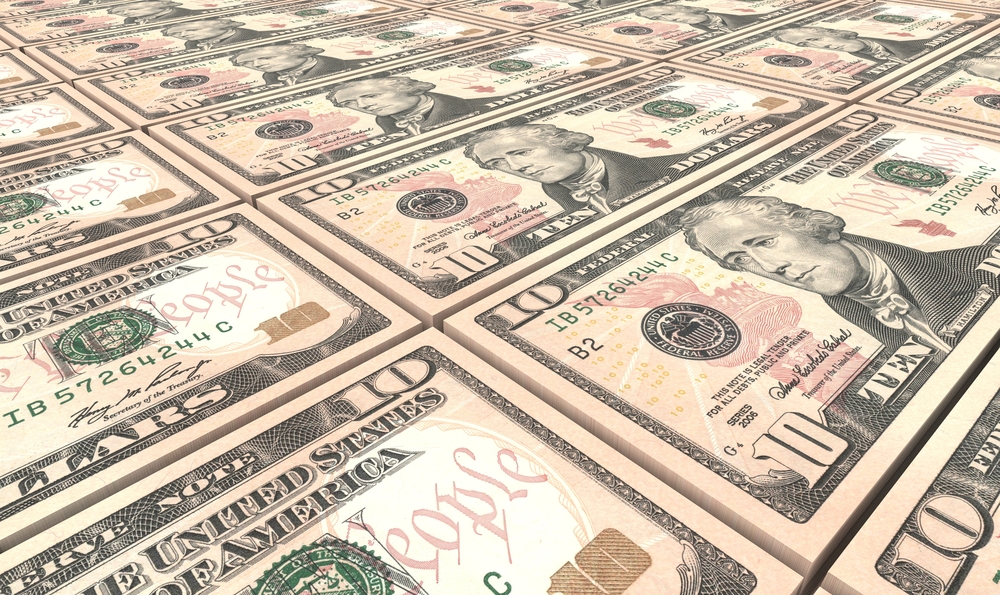The Fed’s Dilemma, Explained
The Federal Open Market Committee’s decision at its September meeting of whether to raise interest rates will come down to one question: how Fed officials weigh the long-term trend of economic growth versus short-term market fluctuations.
As the latest labor market report came out on September 4th, the Fed has now received all the important data that had been scheduled to come out before the FOMC’s September meeting. These economic data provide only mixed signals, calling into question the first rate increase occurring in September.
In the labor market, the latest job report shows nonfarm employers only added 173,000 jobs in August, lower than estimated, compared with 245,000 jobs added in July, 245,000 in June and 260,000 in May. The disappointing August payrolls growth could serve as a headwind to the Fed policy firming. But this is only a one-month slowdown in hiring, and the data could be revised higher in the next month’s job report. On the other hand, the unemployment rate fell to 5.1 percent, reflecting a healthy labor market condition in a longer-term perspective.
Another indication that the Fed weighs heavily in its policy firming is inflation. Recently, several indicators point to downward pressure on inflation, such as a strong U.S. dollar and the decline in oil prices. In the long run, however, some believe that the low unemployment rate will lead to higher prices, and additionally, the $2.5 trillion excess reserves sitting in the banking system are creating a threat of a runaway inflation in the future.
The global economy is another factor that the Fed will take into consideration. In response to the concern about economic slowdown in emerging markets, the European Central Bank on September 3rd expressed its willingness to expand the stimulus programs. This put pressure on the Fed to decide whether it should take the opposite approach — tightening policy or raising interest rates.
In the short term, global market fluctuations usually quickly spread over to the United States. Chinese currency, for instance, suddenly depreciated in the middle of August, causing large swings in the U.S. stock market. The Dow Jones Industrial Average fell about 10 percent within a week. But in the longer run, how the global economy would impact the U.S. economy is still up for debate. Since 2009, the U.S. economy has been steadily growing and gaining momentum while other economies were having difficulties.
If Fed officials believe that in the environment of short-term market turmoil, raising interest rates could magnify the market fluctuations and even cause market distortions, then the rate liftoff in September will be put on hold. But given the Fed’s longstanding commitment to raising interest rates by the end of this year, if it doesn’t take an action in September, October or December is likely to be chosen for the initial rate increase.









